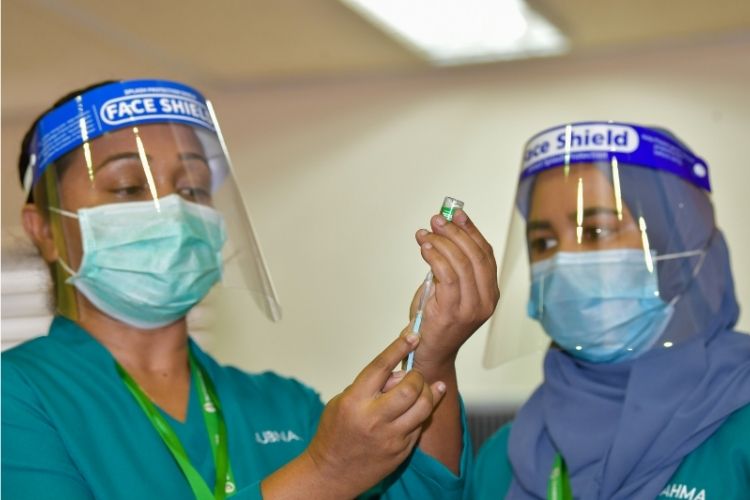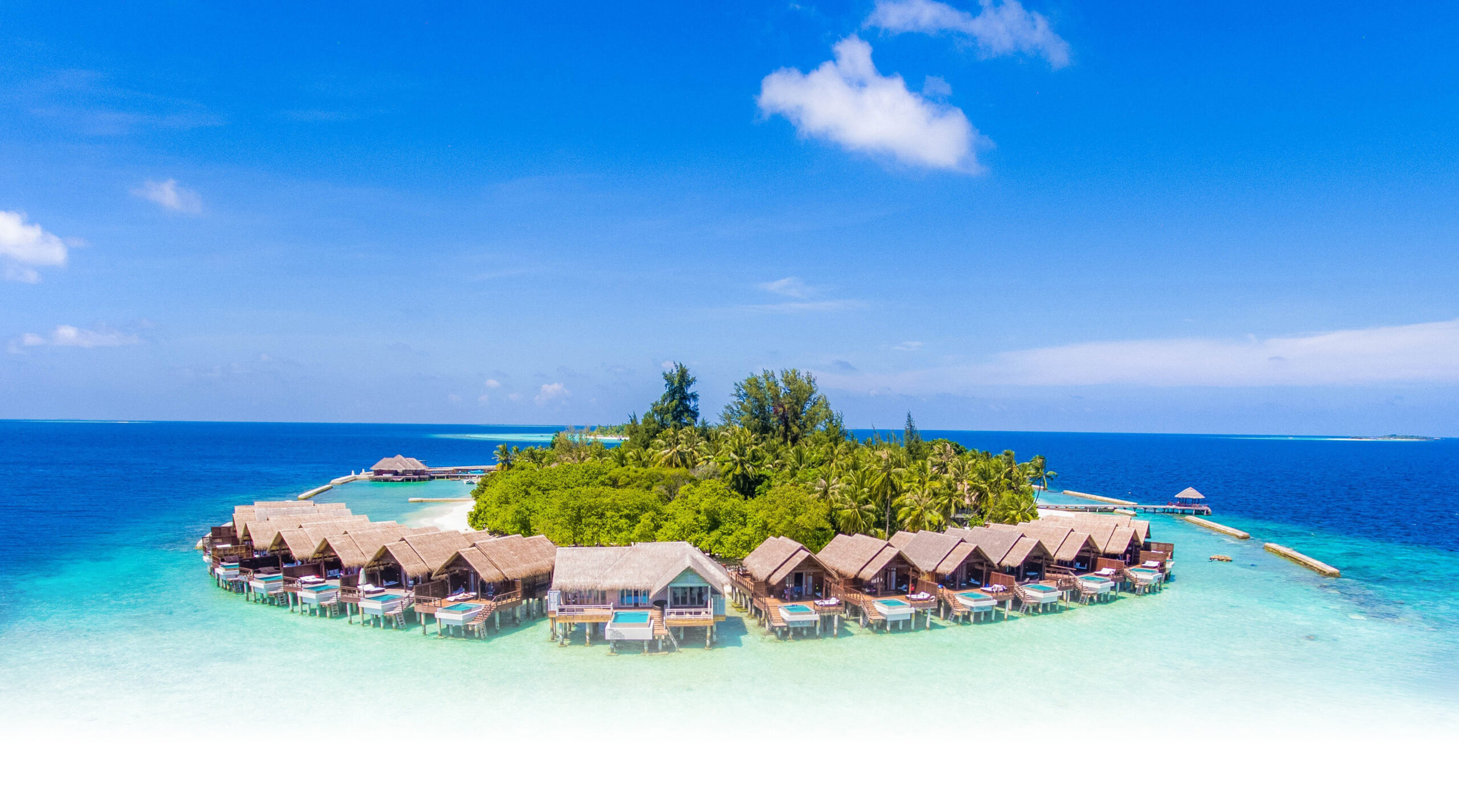Maldives’ Minister of Tourism, Dr. Abdulla Mausoom announced COVID-19 vaccination will start from 4th February 2021 for employees in the tourism sector. Minister Mausoom tweeted thanking president of the Maldives, Ibrahim Mohamed Solih for speeding up the vaccination.
Minister Mausoom said with this initiative, the Maldives will ‘top the leaderboard of the world’s safest destinations’. The island nation is already regarded as one of the safest holiday destinations thanks to the natural isolation of resorts.
Ministry of Tourism announced that the ministry has started collecting information on frontline employees in the tourism sector. Moreover, in the batch starting on 4th February, 10,000 employees will receive the vaccine.
On 1st February 2021, Maldives started its COVID-19 vaccination drive with AstraZeneca’s COVISHIELD vaccine. Furthermore, the country is first prioritizing the frontline workers for the vaccine. Maldives received 100,000 doses of COVISHIELD vaccine as a donation from India.
COVISHIELD vaccine is manufactured by the Serum Institute of India based on the research of Oxford University/AstraZeneca. Additionally, an earlier announcement by the Health Protection Agency of the Maldives revealed that the government signed an agreement with AstraZeneca to purchase 700,000 doses of the vaccine.
Also read: 15 Exciting Maldives Resort Openings in 2021
Researches show the COVIDSHIELD as highly effective and safe to use vaccine. Meanwhile, data suggests the vaccine is 70-90% effective. Maldives Food and Drug Authority (MFDA) approved the vaccine for emergency use on 26th January 2021.
Currently, 7 hospitals in the Maldives (Indira Gandhi Memorial Hospital (IGMH), Hulhumale’ Hospital, Villimale’ Hospital, ADK Hospital, Tree Top Hospital, Kulhudhuffushi Regional Hospital, and Addu Equatorial Hospital) are rolling out the vaccine.
Named the ‘World’s Leading Destination’ by World Travel Awards in 2020, Maldives is currently one of the most trending safe holiday destinations. Furthermore, according to the latest figures, only 0.08% of tourists that visited the Maldives were positive for COVID-19.
Resorts in the Maldives have also taken rigorous safety and hygiene measures for the safety of holidaymakers. After the Maldives reopened its border 2020, 172,552 tourists spent their holiday in the tropical holiday destination. Likewise, this January 2021, Maldives recorded 92,103 tourist arrivals.







